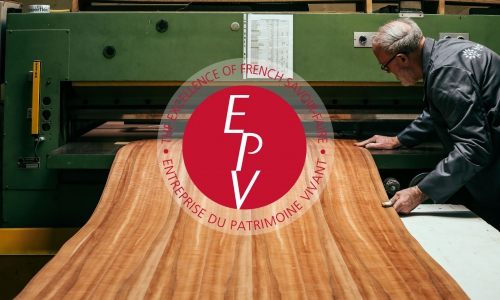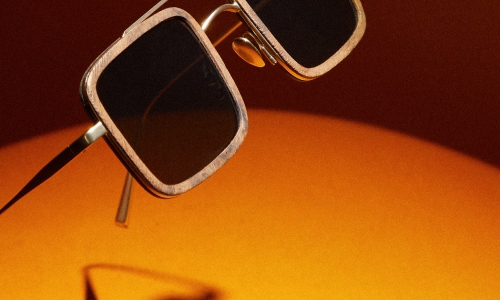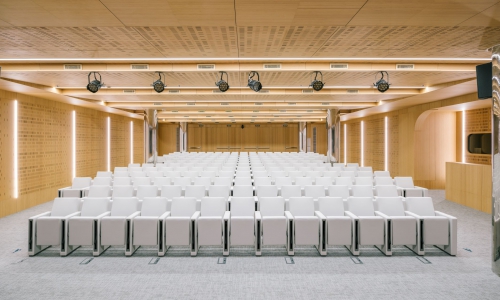Veneer jointing
The aesthetic aspect of the Oberflex veneer panels depends on various factors :
- the selected veneer characteristics (grain, color, homogeneity, specificities…)
- the slicing method (quarter cut, flat cut, rotating cut…)
- the jointing : the way veneer layons will be jointed side by side to produce a full panel
Random-matching
The veneers come from different logs. They are carefully mixed and assembled side by side to create a total harmony in color and structure. Thanks to the juxtaposition of several veneer panels Random-match jointed, we obtain an homogeneous result without any breakage in the wood decor from one panel to another.

Bookmatching
The veneers come from the same log and are in sequence. There are 2 bookmatching types :
Open-bookmatching
The veneer sheets are used in sequence of slicing and one of two sheets is flipped (opened like a book) before to be jointed. This process is typical in traditional woodworking, it enhances the flowered look of veneers cut on the slab and gives a visual of a continuous veneer.

Slip-matching
The veneer sheets are used in sequence of slicing and slipped side to side (like with a deck of cards) before to be jointed. Oberflex recommends this jointing method for mass tinted veneers to avoid potential reversed lighting effect from one sheet to another. Indeed the flip of one of two sheets (in open-bookmatching process) reverses the position of the wood fibers and changes the lightning effect for some mass tinted veneers.







